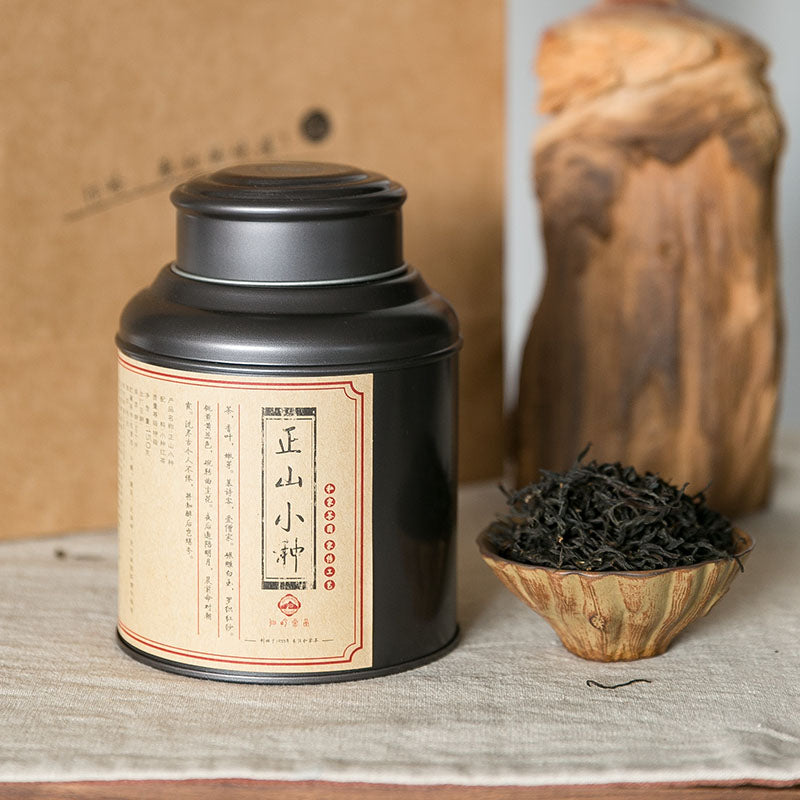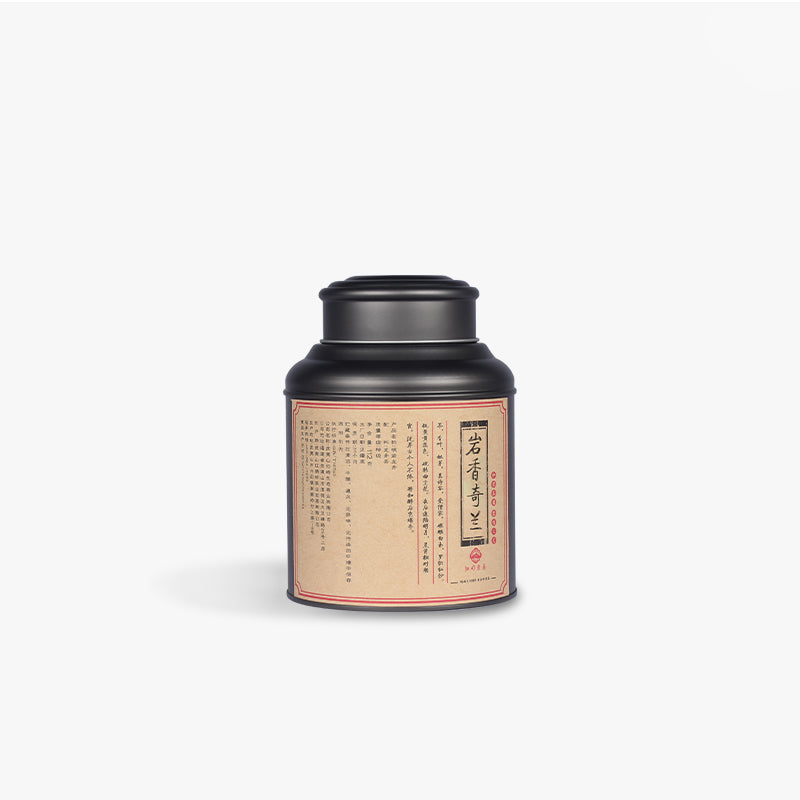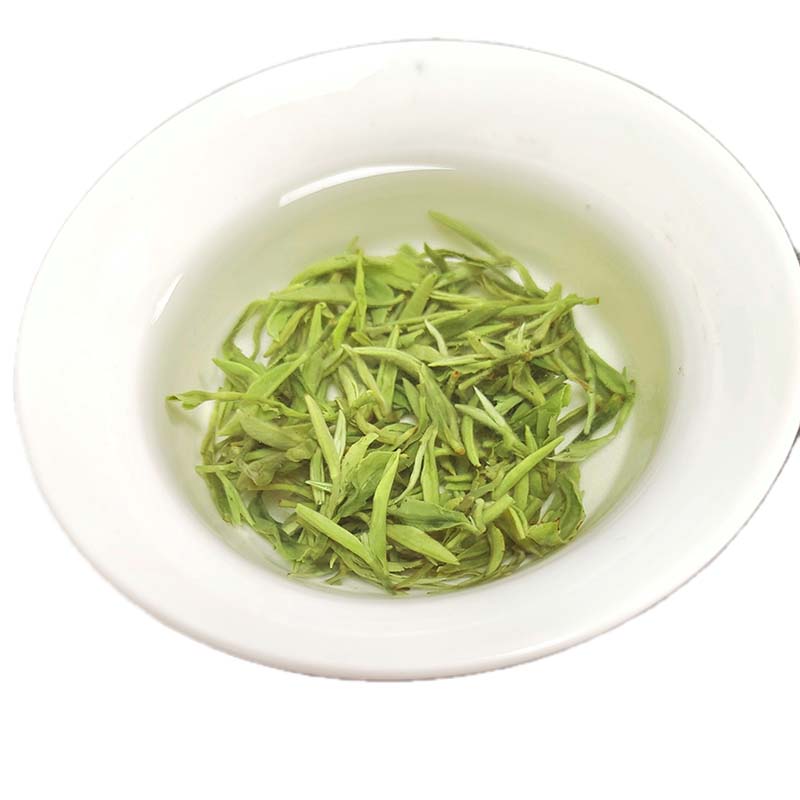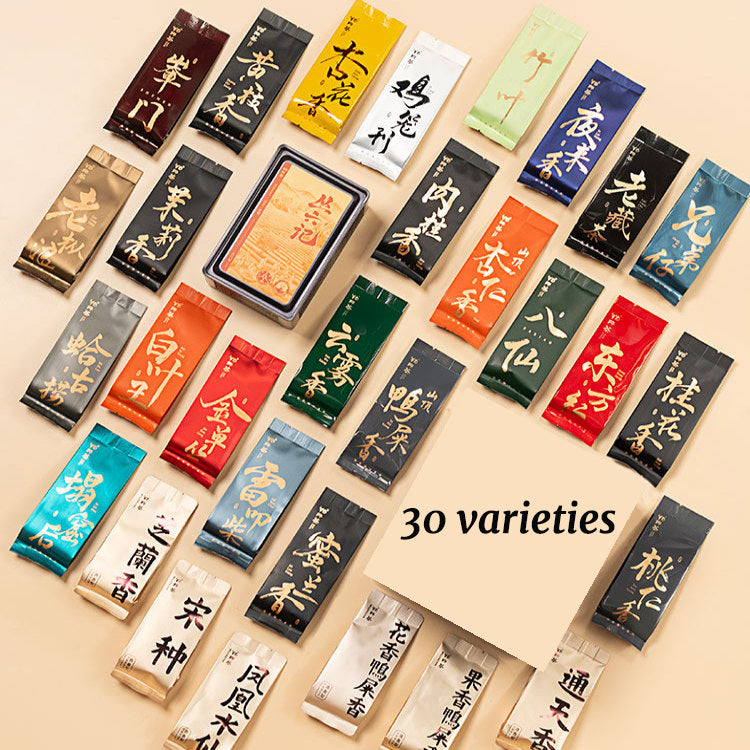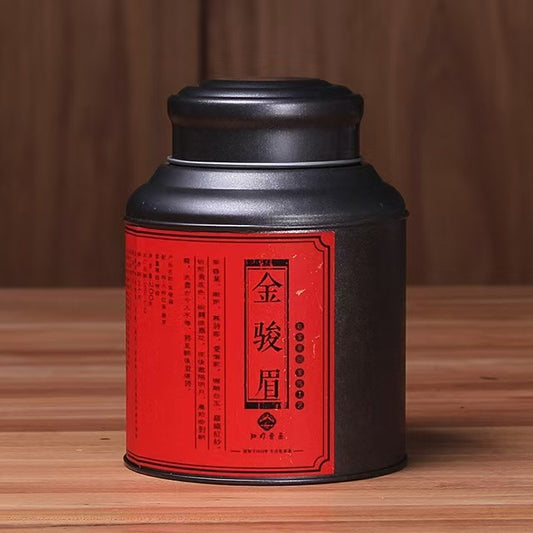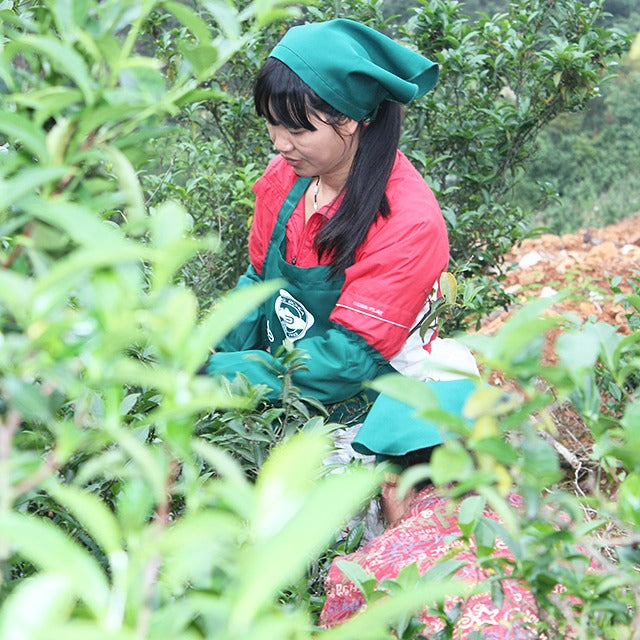Exploring the Rich Legacy of Pu-erh Tea in Canada
Exploring the Rich Legacy of Pu-erh Tea in Canada
Pu-erh tea, with its distinctive rich and earthy flavors, has found a special place in the hearts of tea enthusiasts in Canada. This fermented tea, originating from Yunnan Province in China, offers more than just a unique taste profile; it provides a bridge to a centuries-long tradition that combines both art and nature in a cup. For those in Canada seeking to explore the depths of this storied tea, there are several layers to uncover.
One of the most fascinating aspects of pu-erh is its ageability. Unlike many other teas which are best consumed fresh, pu-erh benefits from aging, much like fine wine. This characteristic has piqued the interest of Canadian collectors and casual drinkers alike, who appreciate not just the taste but the patience and anticipation that come with aging a tea. A well-aged pu-erh can develop complex flavors, ranging from woody and mellow to sweet and floral. This aging process is possible due to the unique post-fermentation stage, which allows the tea to continue maturing years after it's harvested and processed.
When it comes to brewing pu-erh, the method is both simple and wonderfully adaptable, depending on the desired intensity of flavor. Many Canadians enjoy using a gaiwan or a Yixing clay pot—traditional Chinese teaware that enhances the experience by preserving the tea’s delicate yet robust characteristics. Unlike the precise temperatures and timing required by some green and white teas, pu-erh is a bit more forgiving, which can be appealing to those who are newer to the specialty tea universe. The repeated infusions reveal different nuances of flavor, each cup offering a layer of the story that unfolds from leaf to brew.
Culturally, pu-erh tea also offers Canadians a window into the historical tapestry of China’s tea traditions. In Yunnan, drinking pu-erh isn't just about enjoying a beverage—it's about engaging in a ritual that reflects the ebb and flow of time, community, and the land from which the tea comes. Learning about the ancient tea horse road, or the Dai and Hani ethnic groups who have cultivated these tea gardens for generations, can enrich one’s appreciation and amplify the experience beyond the cup.
For Canadians, the appeal of pu-erh extends beyond mere refreshment. It serves as an invitation to explore the unseen and taste the patience of tradition. Whether one is savoring a young, vibrant sheng pu-erh or a deep, aged shou, each sip is a reminder of the intricate dance between human and nature. So, the next time you find yourself in a cozy corner of a Canadian cafe or your own kitchen, consider brewing a pot of pu-erh. It's a quiet celebration of history, culture, and the timeless art of tea-making, bridging two worlds with warmth and depth.

